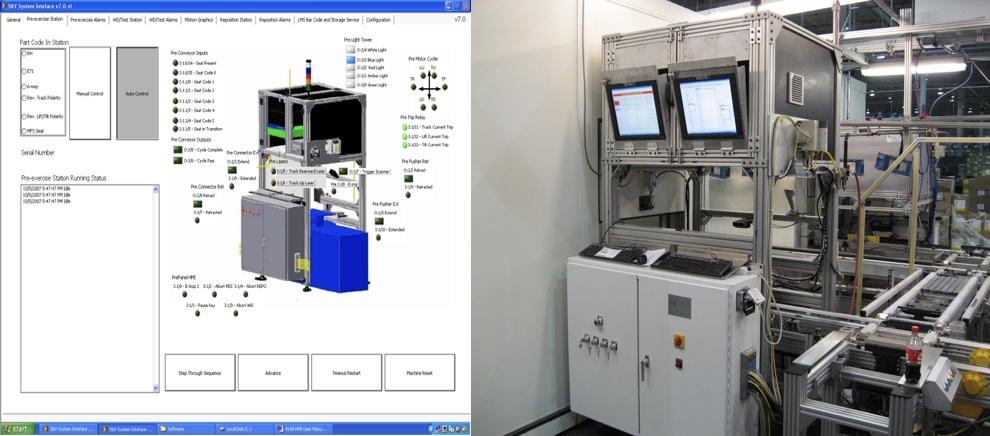A More Comfortable Ride Thanks to AI in End-of-Line (EoL) Testing

Automotive seats require more technology than meets the eye. Not only are there design and ergonomic aspects, but the seats that we spend countless hours on are key to the comfort of the ride and the feel of the vehicle. They are instrumental in reducing the noise and vibrations which would otherwise be intolerable. But what might be surprising to you is that Artificial Intelligence can play a key role in the manufacturing quality and make the difference between a good and an excellent car seat.
Our Client is an automotive seat manufacturer. We were invited to come over to listen to their requirements and learn about the issues they were having with their current End-of-Line (EoL) systems. The EoL systems include electrical and mechanical tests to ensure that the seats meet their customers' quality standards. In some cases, as in this one, End-of-Line also includes noise and vibration testing. In the past, a seat deemed too noisy or rattly would be routed to a repair bay in the shop to be repaired by a technician. General instructions would be printed out to help the technician figure out the repair needed. That was about to change. Complaints from management and employees about repair time were increasing, rework was too often required and suppliers were called in to investigate issues that weren't clearly theirs.
As part of a 6-Sigma project with Manufacturing and Quality, data requirements were identified to properly diagnose seat defects I.e. the M&A in DMAIC. We developed a Project Charter to include the concept, design and construction of a system to capture noise and vibration data from an existing booth using sensors positioned in such way as to be able to pinpoint any anomalies on the frame of the seat. Our Client already had historical data (amplitude, frequency) routinely taken in the booth and after framing the problem, looking at and exploring the data, we found that a dataset could be created and decided that an improvement to the system was possible.
An AI algorithm interpreting the signature frequency and location of the sounds and vibration levels was programmed to identify specific defects, help zoom in on the defect area, recommend the type of repair needed and even identify potential problems with a supplier’s lot. After short-listing promising models, we found using a Convolutional Neural Network (please see my LinkedIn Post about how CNNs work dated 9.16.2018) was by far the best model suited for this application. Running tests and some fine-tuning revealed an accuracy of >95% !
Ready for Launch ? We are confident that benefits in reduced repair time, increased product tracking and quality will be derived from this Project as expected. The next steps consist of monitoring performance of the system for expected reliability and availability. A larger scale deployment is in the plan :-)
Thanks.
Peter
References:
[1] Darveau, P. Prognostics and Availability for Industrial Equipment Using High Performance Computing (HPC) and AI Technology. Preprints 2021, 2021090068 .
[2] Darveau, P., 1993. C programming in programmable logic controllers.
[3] Darveau, P., 2015. Wearable Air Quality Monitor. U.S. Patent Application 14/162,897.